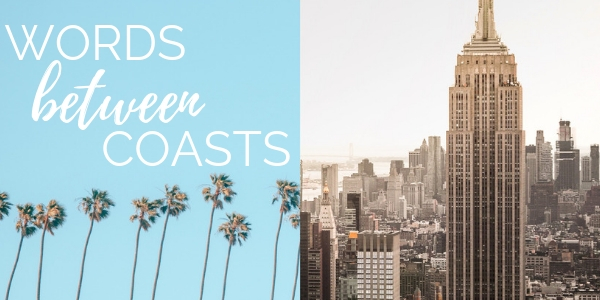To kick off our first-ever, “Halloweek”, we wanted to start you off with how this mystical holiday began. Halloweek is the seven days leading up to Halloween! Each day, we’ll be sharing legends, recipes, ghost stories and more!
Halloween all started with the ancient Celts in Ireland. In their ancient culture, they believed that October 31st was the last day of the year. It represented summer’s end; the end of the harvest, where warmth, food, and growth was plentiful. They saw this day as a space existing in between our world and the spirit world. The line where our world ended and the spirit world began became blurred, and spirits would come to Earth and walk among people.
This was called The Night of the Thin Veil, meaning that the veil between our world and the spirit world was the thinnest, allowing spirits to flow easily between the two realms.
The Celts held a great festival on October 31st called Samhain (pronounced sow-in) where they lit bonfires to sacrifice crops and animals to the Pagan gods. The ancient Celts believed that, since they were so close to the spirit world on this night, they could practice their psychic powers with more precision. They would tell each other’s fortunes in order to guide each other through the long, cold, treacherous winter. They would play games, such as bobbing for apples, which is still a popular party game today. Apples were considered to be very connected to the otherworld. Each woman would mark an apple and put it in a bucket with water. The men would dunk their heads, and the apple they got would indicate which woman they would marry.
The Celts would wear costumes made of animals skins and heads, and masks to celebrate the end of the season and ward off evil spirits. November 1st marked the first day of the new year, the beginning of cold, bleak winter, which they associated with death.
Their view on communicating with the dead was very different from how many view it today.
In our current world, most people are afraid of contacting spirits and souls from other worlds, dimensions, or realms. The ancient Celts believed that it was a sacred and magical experience. They held this night and their traditions with the highest respect.
“Death” didn’t mean the end; it was a time for rebirth.
Soon after, the first form of costuming and trick or treating started. It was during the middle ages in England and Ireland where people would practice “souling, where the poor folk would disguise themselves in costumes and go from door to door, offering to pray for the souls of the house’s inhabitants in exchange for food. Now, kids yell “trick or treat”, and are rewarded with candy.
The Roman Catholic church spread throughout the United Kingdom, eventually ending up in Ireland. November 1st became known as “All Saints Day”, which changed Samhain, October 31st, into “All Saints Eve”, then to “All Hallows Eve”, to “Hallowmas”, and, into what we know now, as “Halloween.”
For more Halloweek:
The Ghosthunter’s Guide to the U.S., Part 1
A Haunted History of the Oiuja Board
Photo by freestocks on Unsplash

My name is Andrea and I live in Los Angeles, California. By day, I am an actor and by night I am working towards a degree in nutritional science.







Great way of starting Halloweek. I think most of people know the existence of Halloween but doesn’t know the real story behind it and how it started. Enjoyed reading this!
Thank you!! We’re glad you found it interesting! We hoped that people would appreciate it 🙂
Love the history here! Saving this to read to our boys on Halloween!!! THey love Halloween almost more than Christmas!
How wonderful! We’re sure they’ll appreciate it, especially considering how bright they are.
Really interesting. I actually watched the history of Halloween on YouTube the other day and found it very interesting.
Isn’t it fascinating? We’re glad you enjoyed it!
By far one one of the most informative post about the history of Hallooween I have ever read. I love how easy to read this post is. I now can share my new learnings especially that quote where you mentioned “Death didn’t mean the end, it was time for rebirth.”
Kaye – http://amalog.co
Thank you!! We agree- there are some very important lessons to be learned from the ancient Celts.